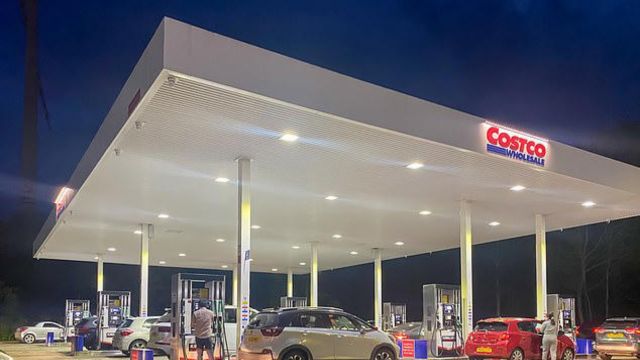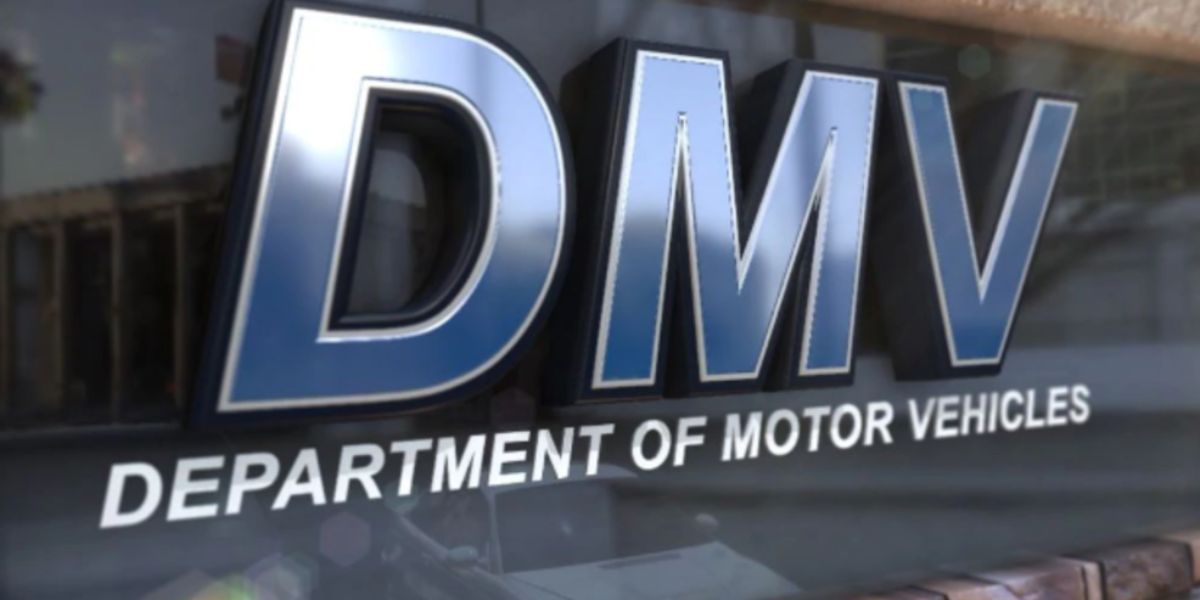The first gas pump island was attached to a warehouse in Seattle as a convenience feature. In fiscal 2024, fuel will account for nearly $30 billion, or about 12 percent, of Costco’s $249 billion in yearly revenue.
Cheap gas is also a membership glue; customers are aware that if you fill up frequently enough, a $65 Gold Star card will pay for itself.
Two of Costco’s greatest gallon weeks ever occurred in April when CEO Ron Vachris extended business hours to 10 p.m. In order to divert motorway traffic without packing yet another megastore into expensive Orange County real estate, the Mission Viejo experiment is the next logical step.
The proposal was approved by city planners in March 2025. At 25732 El Paseo, workers will flatten a closed Bed Bath & Beyond, bury three 40,000-gallon tanks, and pour concrete for a 17,185-square-foot canopy.
With one entry and two exits, the design aims to process up to 9,500 vehicles per day while preventing traffic jams on Oso Parkway.
Hours will be 5 a.m. to 10 p.m., seven days a week, just like Costco’s biggest warehouse pits, and they will be overseen by uniformed Costco staff members rather than franchisees.
Mission Viejo’s current warehouse already has hour-long weekend lines for fuel, and Southern California property is precious. Carving pumps into a separate parcel two miles away allows Costco to free up parking at the shop and attract commuters who would not have otherwise purchased rotisserie chicken.

Without the allure of $1.50 hot dogs, Costco can duplicate the concept in any crowded metropolis where zoning authorities object to 160,000-square-foot structures if members swipe cards as frequently.
Although experts believe gas profit margins are roughly 10 cents per gallon, which is much narrower than club merchandise but essential for membership stickiness, Costco does not disclose its gas profitability.
A 40-pump facility operating for 17 hours a day may distribute more than 150,000 gallons, which is sufficient to boost profits and ease warehouse congestion. Building expenses remain low, however, as fuel-only real estate is far smaller than a full club.
There are other rivals who are not lagging behind. More than 400 Murphy-branded stations are already operated by Walmart, and Sam’s Club provides inexpensive gas to the majority of its warehouses.
By setting up a separate forecourt, Costco reverses the trend and attracts drivers who would not have otherwise stopped by a big-box parking lot.
Additionally, it prepares the way for future EV charging canopies, a market that Costco entered last year with Electrify America pilots.
In the event that gallons slip, margins will suffer because independent pumps eliminate the natural foot traffic that supports low prices. Residents are concerned about more diesel rigs bringing nine loads of gasoline every day, even though planners restricted truck access during the day.
Read Also: Florida Family Sues Costco Over $700K in Fridge-Related Damages
Last but not least, the experiment needs to demonstrate scalability outside of affluent, car-centric suburbia; a 40-pump monster might not work well in busy metropolitan grids.
Gas encourages loyalty among members, but it also clogs arterials surrounding well-known warehouses and crowds parking. Anticipate the emergence of imitation locations close to Atlanta interstates or Dallas toll roads if Mission Viejo turns out to be a more efficient and lucrative method of pumping gasoline.
In 2026, when the ribbon is cut, cars will pull under the red-trimmed canopy, swipe their cards, and fill up in a matter of minutes. Those gallons might begin Costco’s journey towards a business strategy that relies as much on mobility as mega-packs.



